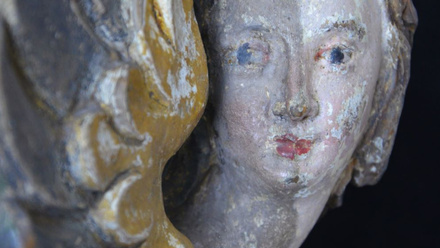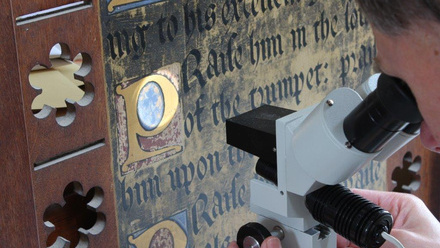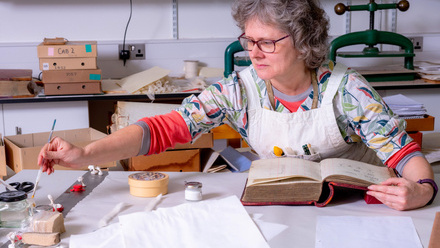Icon’s 2022 Membership Survey indicates clear taste for international outreach
This January, Icon conducted its third triennial membership survey.
Open for two weeks in January, 492 members took the time to submit responses: more than 20% of Icon’s membership contributed. A huge thanks to all who participated!
With questions designed to draw out views on Icon’s performance in meeting member needs, the results provide valuable insight as Icon launches its next strategic plan.
Prevalent in the survey responses were strong calls for Icon to:
- extend its international reach and forge new and closer partnerships with allied partners in the heritage sector
- continue development of new services and benefits for Icon members
- find ways to ensure professional body membership is well within reach of everyone who wants to get involved
Icon’s events and CPD programme scored highly in the results. During the pandemic, Icon Groups and Networks sustained a frantic pace of activity, and delivered online events that reached more people and had greater impact. This was noted by survey respondent; one member wrote:
Icon is aware of the changing times and continues to stay relevant as a conservation body during times of pandemic
The views of Icon members on areas of activity where Icon was perceived to have done well emphasised the value of the organisation as an umbrella body connecting conservation specialisms and providing a single voice for the sector.
When asked to consider development opportunities for the organisation, many spoke of their desire for Icon to do more to attain widespread public recognition for conservation and the work of conservators. This insight has fed directly into Icon’s forthcoming strategic plan, in which the drive to win wider public recognition for the public benefit of conservation is a key objective on the agenda.
Overall, 70% of respondents reported their expectations had been met or mostly met, and 80% of respondents indicated they were Satisfied or Mostly Satisfied with Icon.
Read the full report below:
Icon Diversity Survey
James Grierson (Chair, Icon Board of Trustees)
We have conducted membership surveys every three years and these have provided very valuable intelligence into Icon’s activities, membership and operating environment. This year’s survey was, similarly, rich in insight, over-whelmingly positive but also with some actionable suggestions for future improvements and some challenges. I am grateful to the 492 members that took the time to provide Icon with such rich and helpful feedback.
As context for this, the trustees all recognise that the make-up of the conservation profession and, thereby, the Icon membership, does not match that of the wider population. Professions, and organisations, that more truly reflect the wider population tend to thrive better and, over time, it is important that we become more representative in terms of key measures like age, sex, ethnicity, disability and social class.
This year, building on the work of the Diversity Task & Finish group, we decided to include within the survey a range of questions relating to diversity and inclusion and adopted the definitions used by the Office for National Statistics. The purpose was to establish a statistically meaningful baseline that we can use, over time, to track the effectiveness of our work. We know that change will be frustratingly slow and that, just as with employment across the arts, culture and heritage fields, the key variables are about those entering the profession. Nevertheless, by doing what we can to make membership as frictionless as possible for people who might not previously have seen Icon as embracing them, and by being open and transparent about the characteristics of the membership, I believe that we can send important signals about direction of travel that, over time, will make a real difference.
We need to reflect further on our membership surveys. Is a three yearly cycle too long and should we do them every year? Should base data on social characteristics be collected as part of the membership survey or seperately? How do we ensure that a propensity to participate doesn’t distort the picture? Some of these issues will be debated for years. What will, I hope, not be debated is the need for good data and the importance of making this available openly, honestly and responsibly. So, whilst this is merely a first step, I hope members will agree that it’s a step in the right direction.
Read the full report below:





